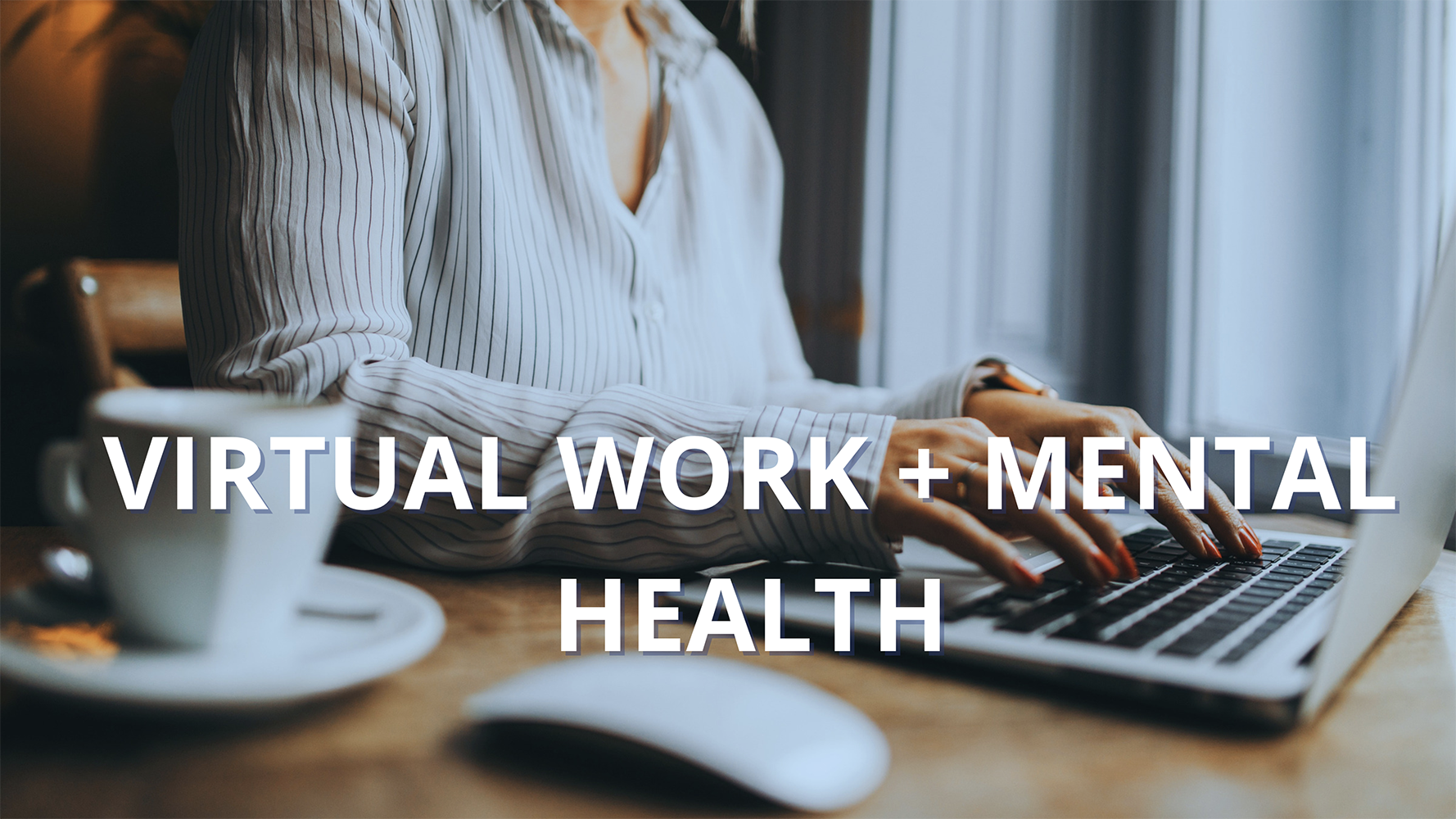Culture in the Workplace In the Time of COVID
Your company culture is affected by several things - and anxiety is a huge factor.
COVID has changed a lot about how we function as a society, and among other things it’s brought to light just how much anxiety affects workers and the culture of the workplace. After more than a year of topsy-turvy, we were beginning to find our new normal, and then the rise of the Delta variant threw us back to square one in many ways. Anxieties we thought we could leave behind, are suddenly staring us down again. And the return to in-person work routines, while exciting for some employees, is an added source of anxiety for others. How do we manage anxiety in a way that benefits workers and enriches the company culture? Let’s take a look at some ideas.
First, recognizing anxiety as a problem and focusing on mental health for employees has got to be a priority. Management must address it in a way that makes everyone in the company know it’s high on the hit list rather than a footnote, or not even a consideration - you know, the way it was often handled in the past.
-Manage conflict in the workplace. This is often due to lack of communication, but ranks high on the list of causes of anxiety.
-Build personal wellness plans. Workers need to be supported in better lifestyle choices that include exercise, healthy food, restful sleep, and social activities.
-Foster interpersonal relationships within the company. Do employees know each other’s names and what they do? This cuts down on gossip and makes it easier to address problems between each other before things escalate.
-Encourage employees to ask for help. A culture of admitting you don’t know something and being willing to collaborate with someone who does, builds social capital, strengthens the company, and is just an efficient way to get things done.
Next, let's deal for a moment with the Delta variant and the wrench it threw into our plans for a return to normal. It’s to be expected that people are feeling angry and frustrated that COVID isn’t “over” yet. We were all ready to toss our masks and live freely again, and then the rug was pulled out from under us. And it’s different from when COVID first hit because now we all have pandemic fatigue.
-It can help to just acknowledge the challenge. Emiliana Simon-Thomas, the science director at the Greater Good Science Center at UC Berkeley says that simply recognizing and naming your emotions can help you feel better.
-Focus on what is still good and right in the world. Getting a broader perspective especially when we’re bombarded with a 24 hour news cycle and social media that is all focused on COVID news, can help to center you.
-The other side of that coin is to encourage social media breaks, and discourage mindless scrolling. Limiting your news exposure to once a day is enough to keep up with what’s going on without letting it get you upset or increase anxiety throughout the day.
Lastly, how can we help ease the transition back to in-person work for those who found remote work to be an unexpected blessing? Initially, the shift to remote work was stressful for most, but after figuring out how to make it all work, many found it reduced anxiety significantly. The lack of commute, more relaxed mornings, more time (and meals) with family or pets, all improved productivity for many workers.
-The first consideration is to try to continue to offer a hybrid option and flexibility to those workers. For some companies this is a way to retain top talent, but most employees appreciate having a choice during a time when they often feel they have little control over so many aspects of life (that’s just a pandemic for you).
-Encourage returning workers to put thought and intention into the practice of getting ready to go to work again. This can avoid the morning rush that leads to increased anxiety. Lay out clothes the night before and prepare lunch just like you did for school. There is reassurance in these familiar routines, and it will help to get back into the swing of things.
-Have them bring some comforts from home like a small houseplant, or fragrance diffuser, or drink that they’ve associated with the calm and comfort of home for the last months of remote work.
-Breathing. Never underestimate the benefits of breathwork. A quick office class on nasal breathing and activating the parasympathetic nervous system is a great way to combat anxiety’s fight-or-flight response.
Company culture is certainly harder to foster with all the added issues that COVID has brought. And it can be tempting to ignore it altogether while focusing on putting out fires and crisis management. But it’s also such an important time to put the energy into fostering your company’s culture; more than ever before, it will pay off in spades.
Want to weigh in on these conversations and more while connecting with peers and thought leaders in the culture and workplace? Join us over in at Culture Think Tank Virtual Community - we share daily insights, culture tips, articles, and host exclusive member-only events.
About the author
William Lindstrom found his career niche in helping organizations achieve their business and financial objectives through technology and analytics. Read More
-
William Lindstromhttps://www.theculturethinktank.com/author/wlindstrom/July 14, 2021
-
William Lindstromhttps://www.theculturethinktank.com/author/wlindstrom/June 1, 2021
-
William Lindstromhttps://www.theculturethinktank.com/author/wlindstrom/April 8, 2021
-
William Lindstromhttps://www.theculturethinktank.com/author/wlindstrom/









